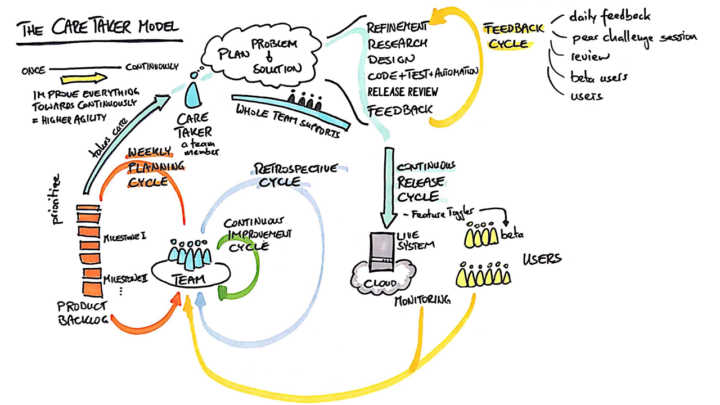
In this blog post, I describe the way we currently work as a team to deliver our product (TimeRocket) to our users and customers. This reflects our current understanding of working in an agile* way that matches our needs and skills. We are uncovering better ways of developing software by doing it and helping others do it. Manifesto for Agile Software Development (agilemanifesto.org) As the manifesto for Agile Software Development states, we continuously try to improve our way of working, so...